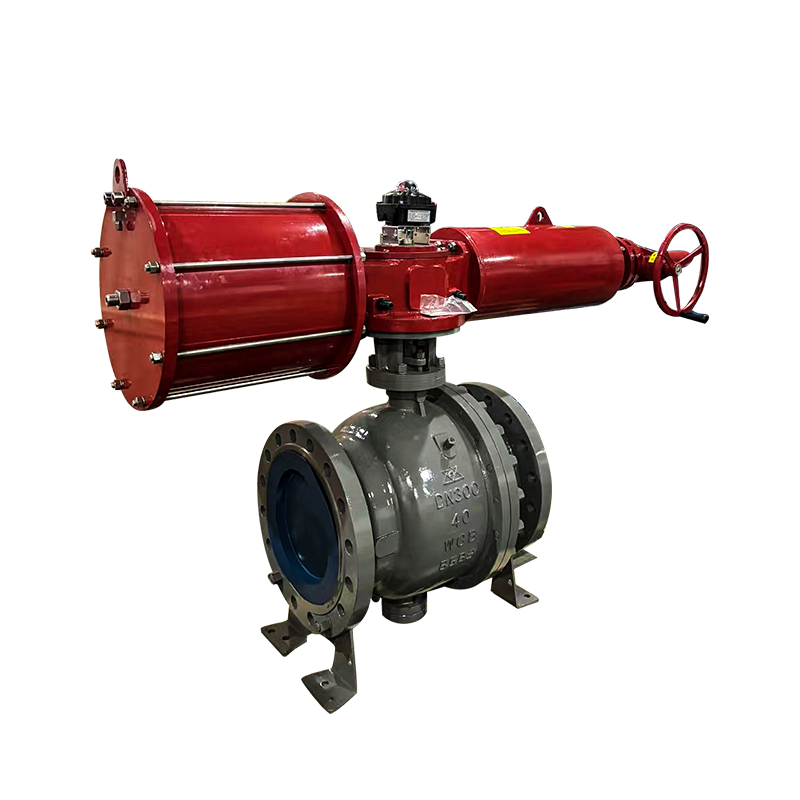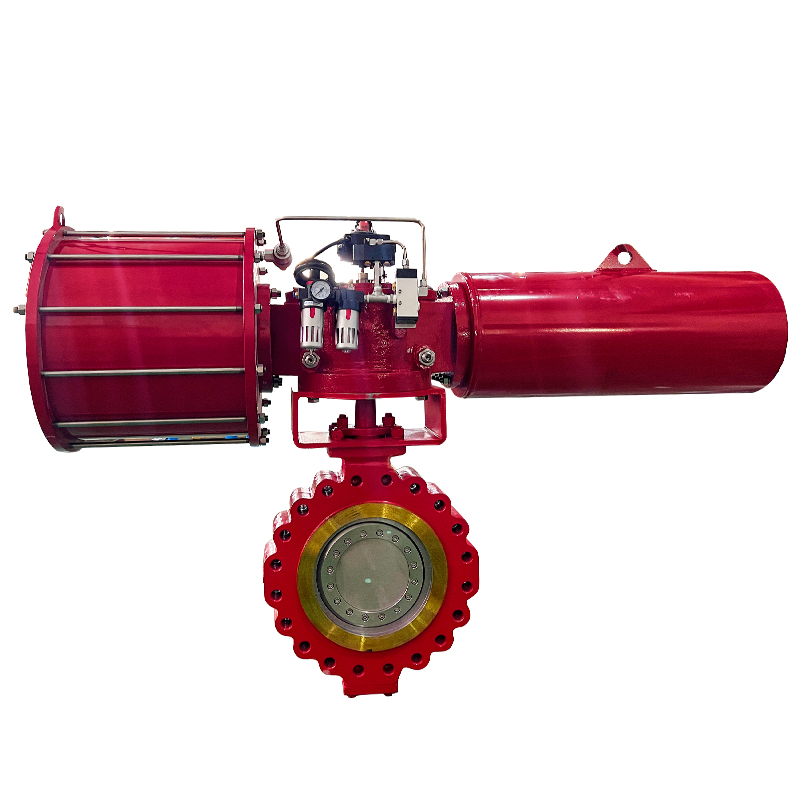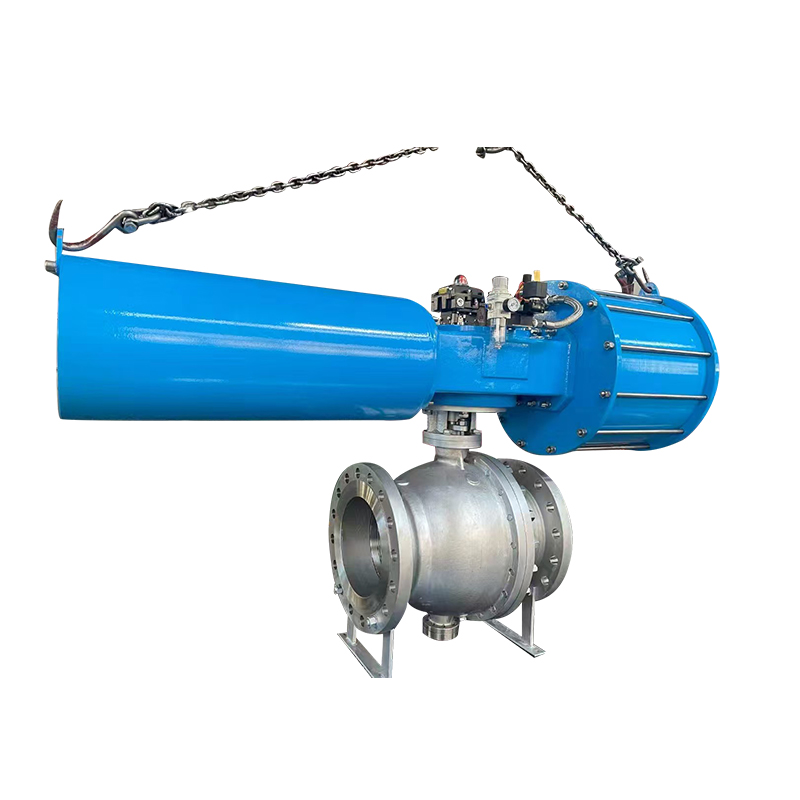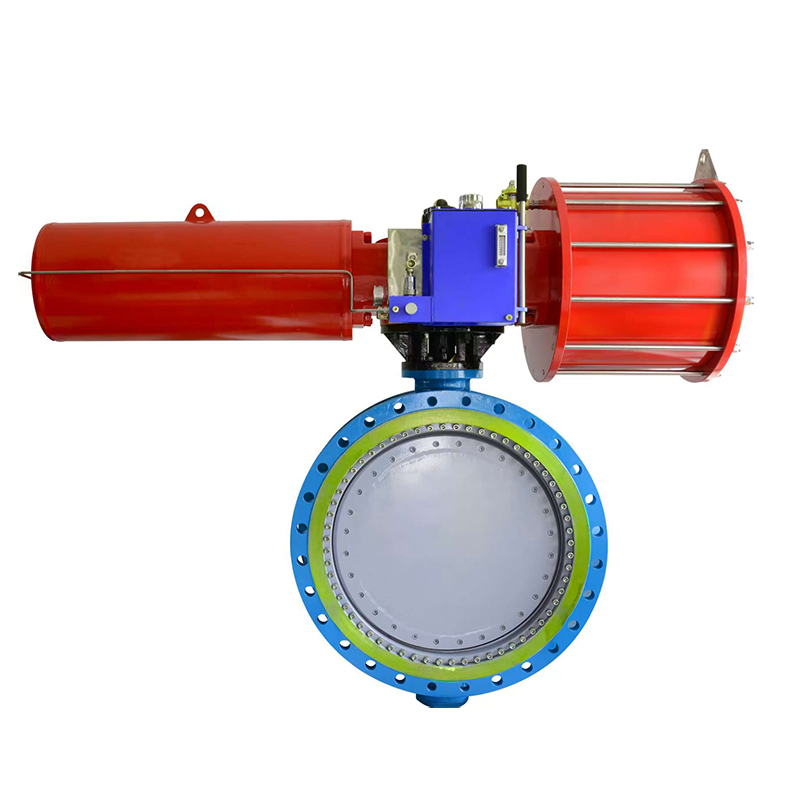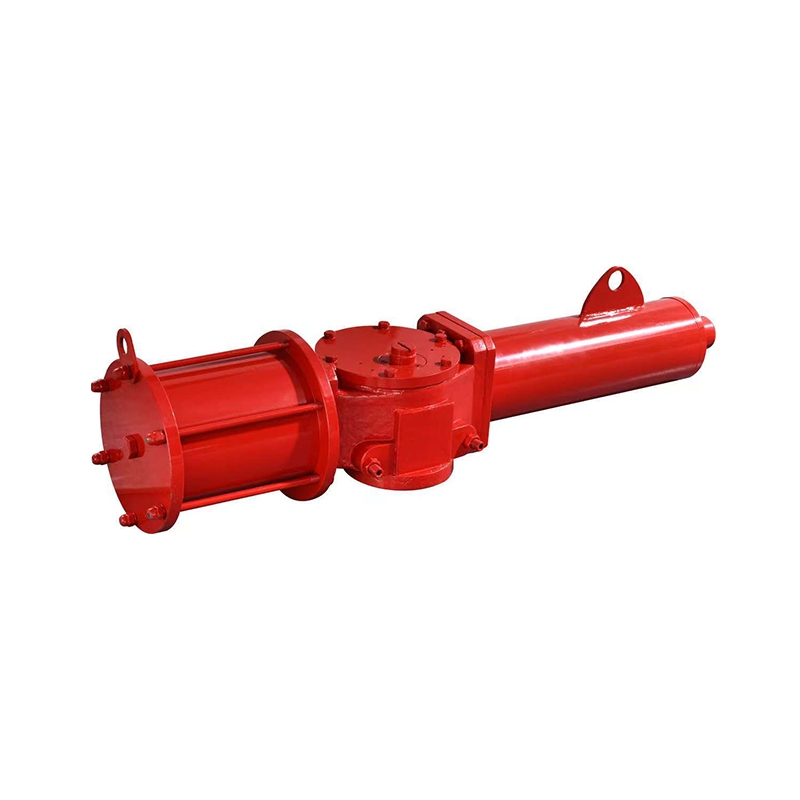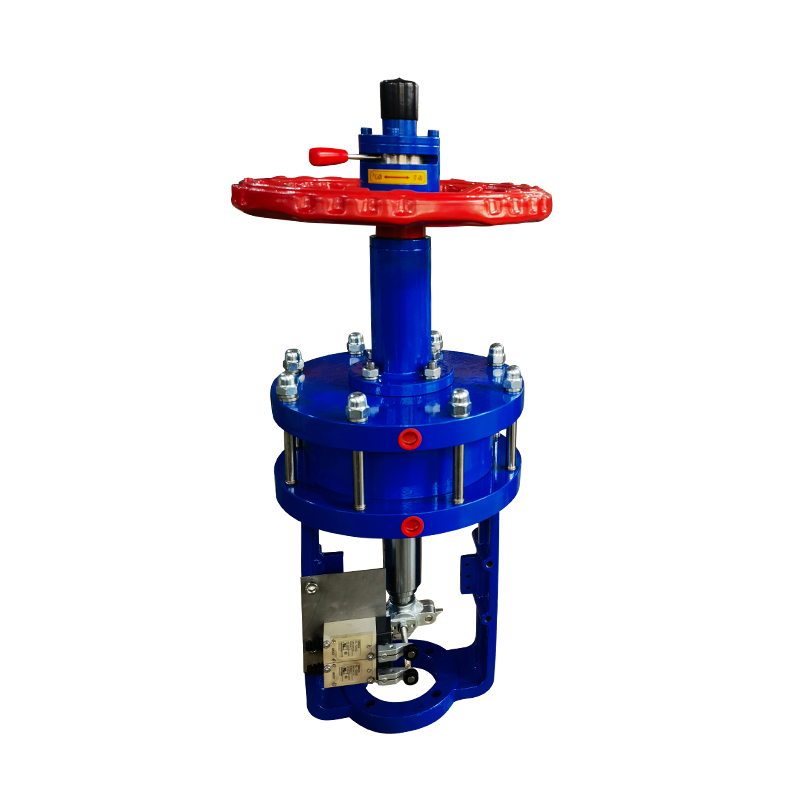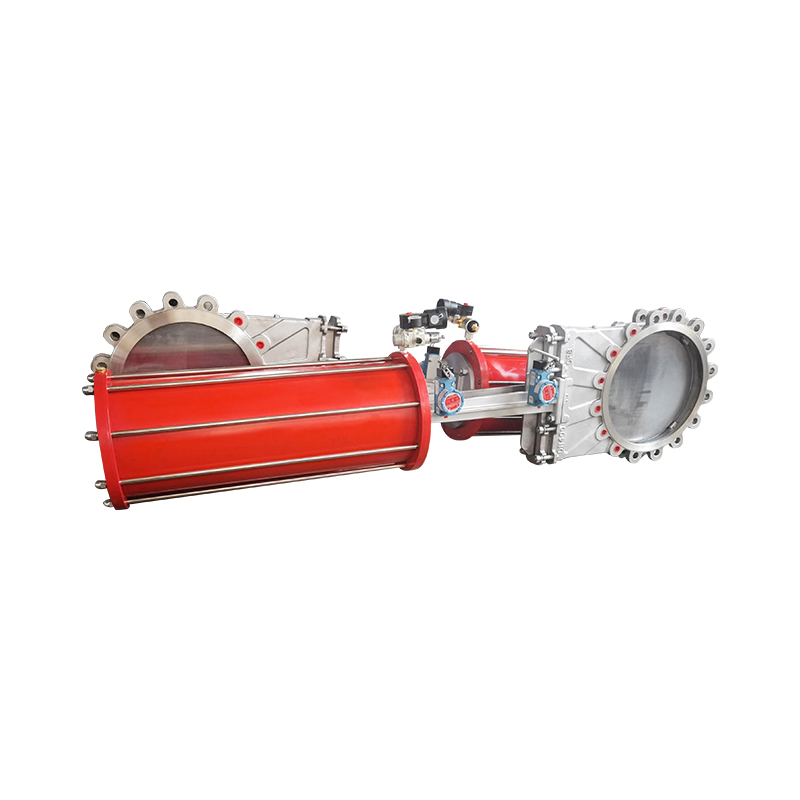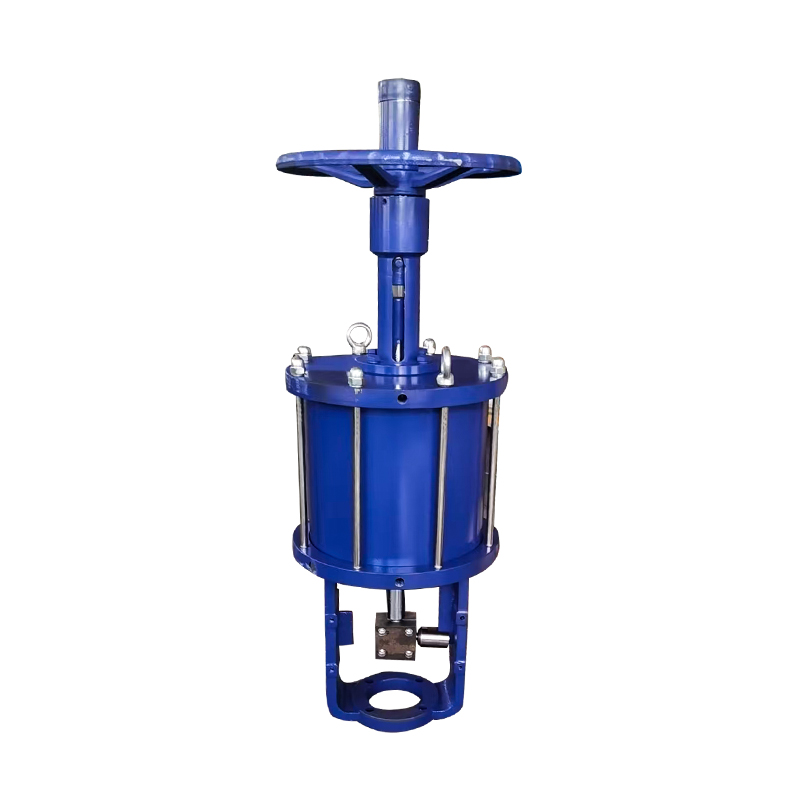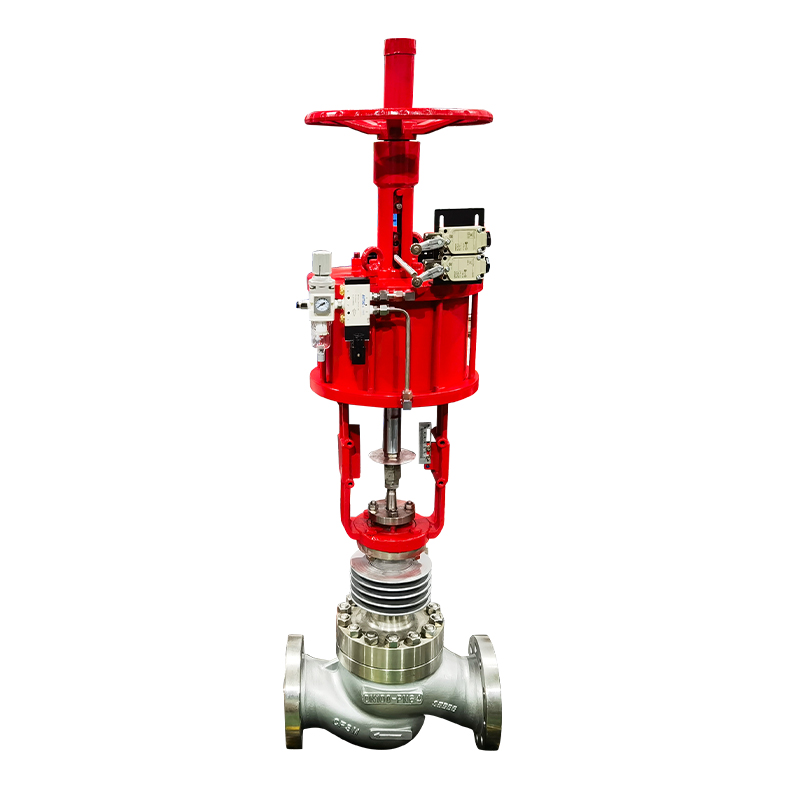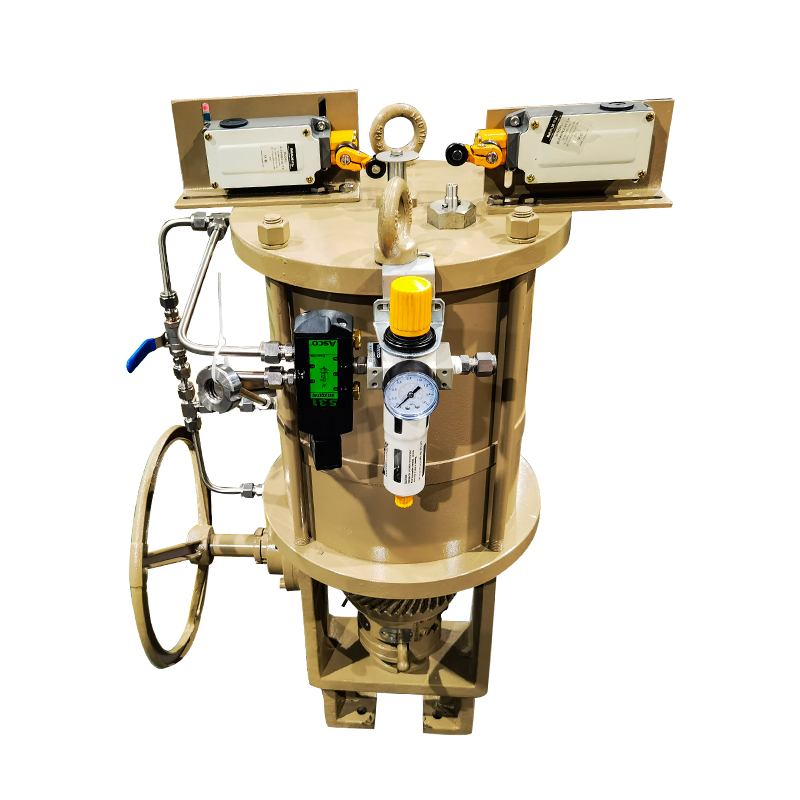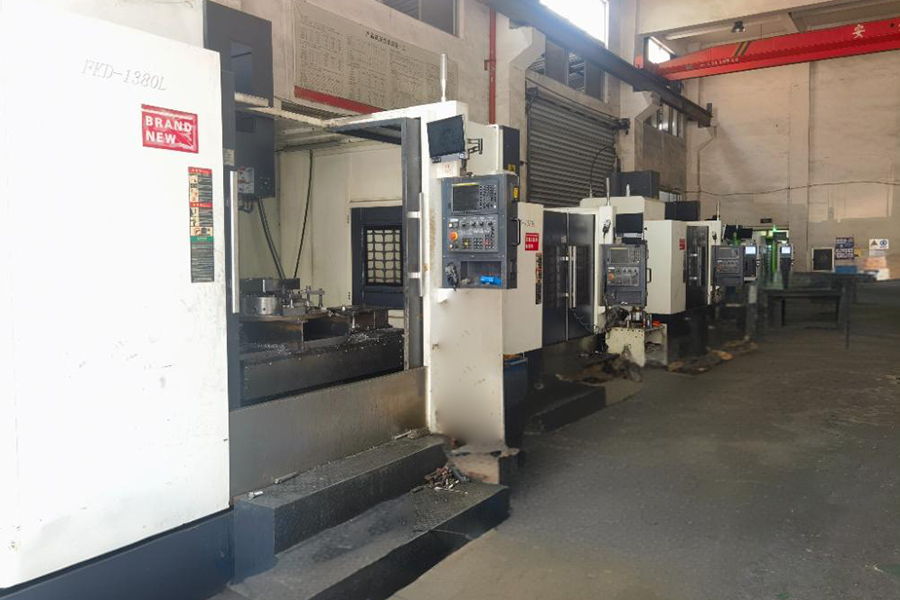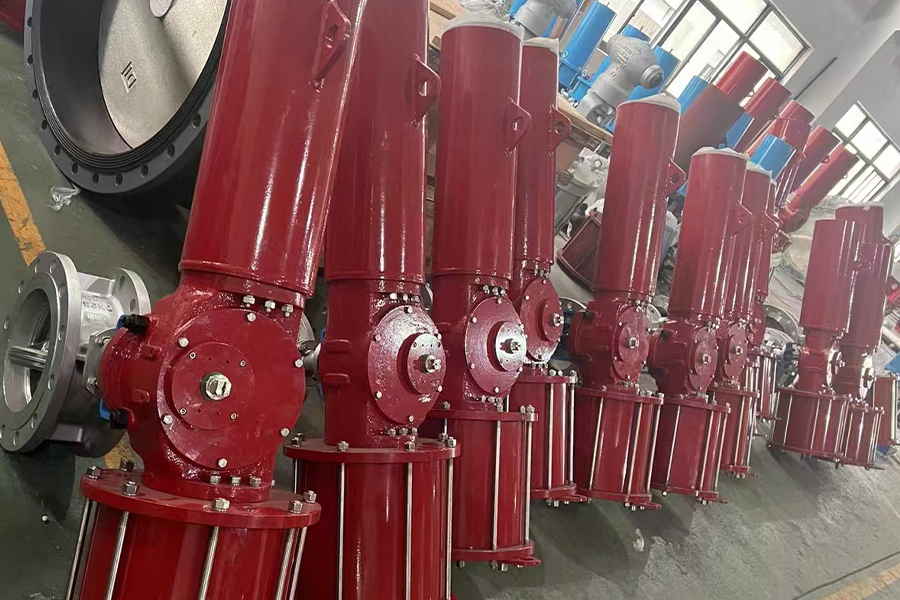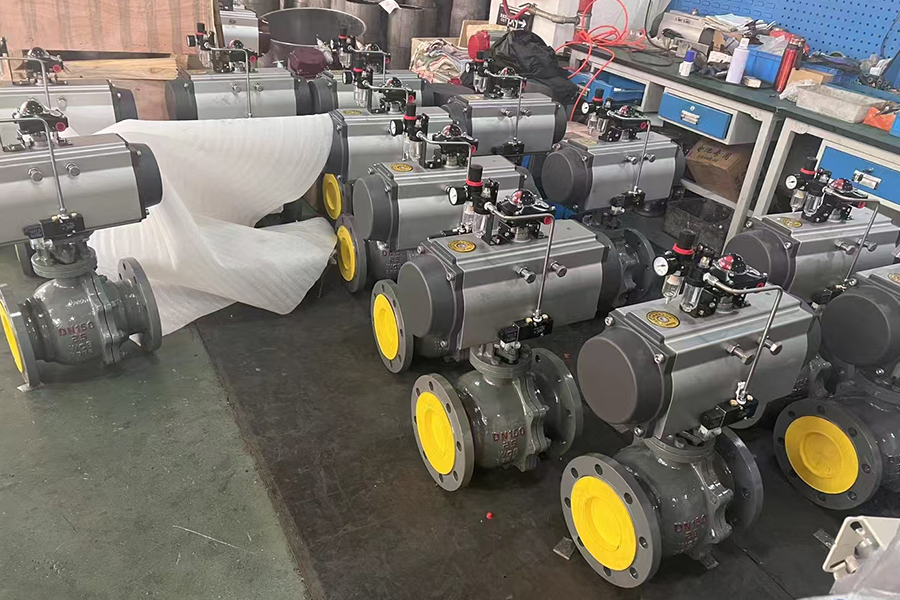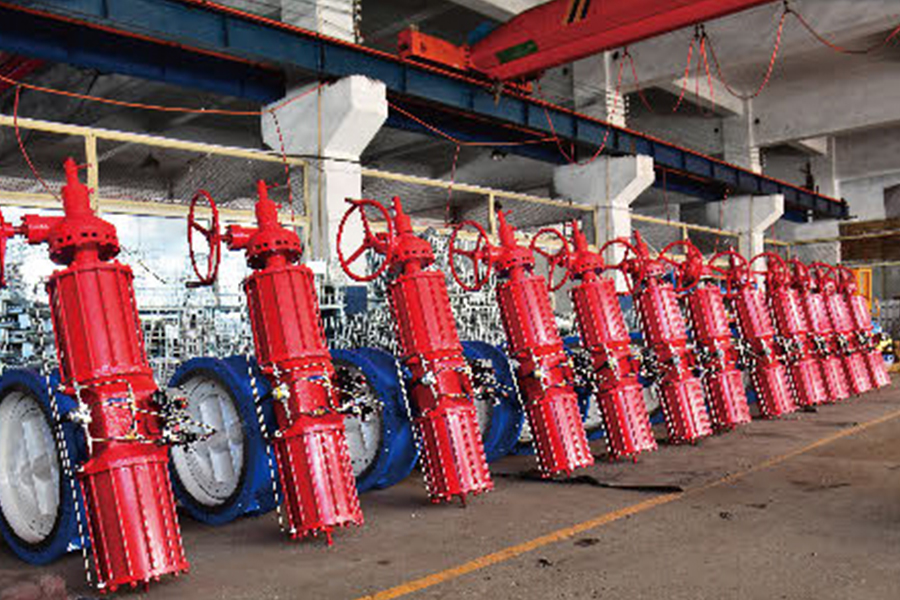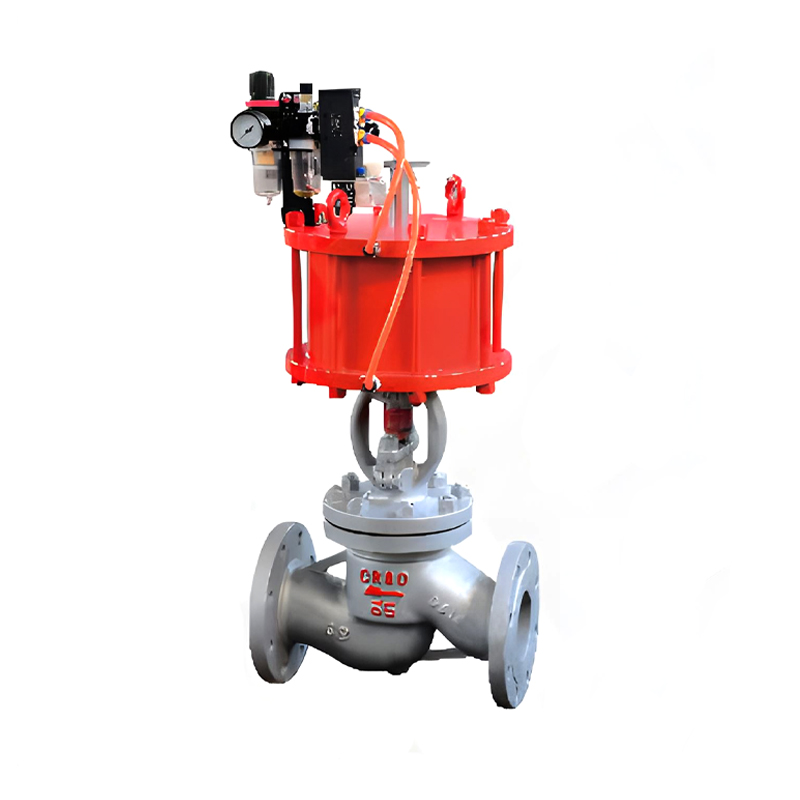
In modern industrial systems, automation plays a critical role in improving efficiency, consistency, and safety. As part of this evolution, the ability to control fluid flow precisely and reliably is essential. One component that has become increasingly important in automated fluid control systems is the pneumatic stop valve. These valves are specifically designed to regulate, start, or stop the flow of liquids or gases using compressed air, offering significant benefits in terms of responsiveness and control.
A pneumatic stop valve operates by using air pressure to open or close the valve mechanism. This design eliminates the need for manual intervention and enables remote operation, which is particularly useful in systems that are either too dangerous or too complex for constant human monitoring. In automated processes where timing and reliability are crucial, the use of a pneumatic stop valve ensures quick action with minimal lag, supporting efficient and predictable fluid management.
One of the core advantages of using a pneumatic stop valve is its ability to provide fast and consistent shut-off. Whether in a chemical processing plant, water treatment facility, or food manufacturing line, rapid response to system changes or emergencies is essential. A pneumatic stop valve can close the flow path almost instantly when required, minimizing waste, preventing contamination, or reducing the risk of equipment damage due to overpressure or system faults.
Pneumatic stop valves are also valued for their durability and low maintenance. Because they rely on air pressure rather than electrical motors or complex mechanical parts, they generally have fewer components that wear out. This can translate into longer service life and less frequent maintenance. In environments where downtime results in lost productivity or costly delays, having reliable valve components like a pneumatic stop valve can contribute significantly to overall system performance.
Energy efficiency is another reason why industries choose pneumatic stop valves. Compressed air systems, when properly maintained, consume less energy compared to electric actuators for similar tasks. This becomes particularly relevant in operations with a high number of control points where the cumulative energy use of valve actuation can be considerable. A pneumatic stop valve, when integrated with a well-designed control system, helps reduce operational energy consumption without compromising performance.
Additionally, pneumatic stop valves are adaptable to various process conditions. They can be used in high-pressure and high-temperature applications or in environments with volatile or corrosive substances. This adaptability is due to the availability of different body materials, seals, and configurations that can be matched to specific system requirements. As such, choosing a pneumatic stop valve tailored to the application can enhance both safety and efficiency.
Another key benefit of incorporating pneumatic stop valves into automated systems is the ease of integration with programmable logic controllers (PLCs) and other industrial automation platforms. This allows operators to precisely control when and how the valve operates, enabling sophisticated process sequences that reduce human error and ensure repeatability. Such automation is critical in industries where precision and consistency are key to product quality and regulatory compliance.
Safety is also a major consideration in any fluid control system, and the pneumatic stop valve supports this through fail-safe operation. In many designs, the valve will default to a closed or open position if air supply is lost, based on system requirements. This fail-safe feature can prevent accidents, reduce damage to equipment, or stop the spread of hazardous materials, making it a valuable addition to any risk-conscious operation.
The pneumatic stop valve is a vital component in automated fluid control systems across various industries. Its fast response time, reliability, low maintenance requirements, and compatibility with automation platforms make it essential for achieving efficient and safe operation. As industries continue to move toward more automated and connected systems, the role of the pneumatic stop valve will remain central in supporting fluid control that is both responsive and dependable.








